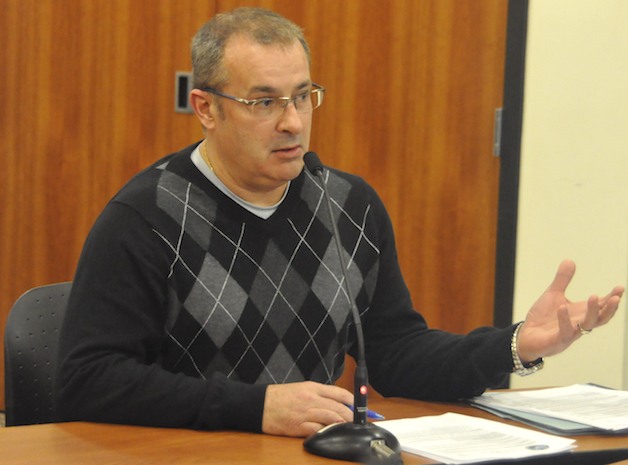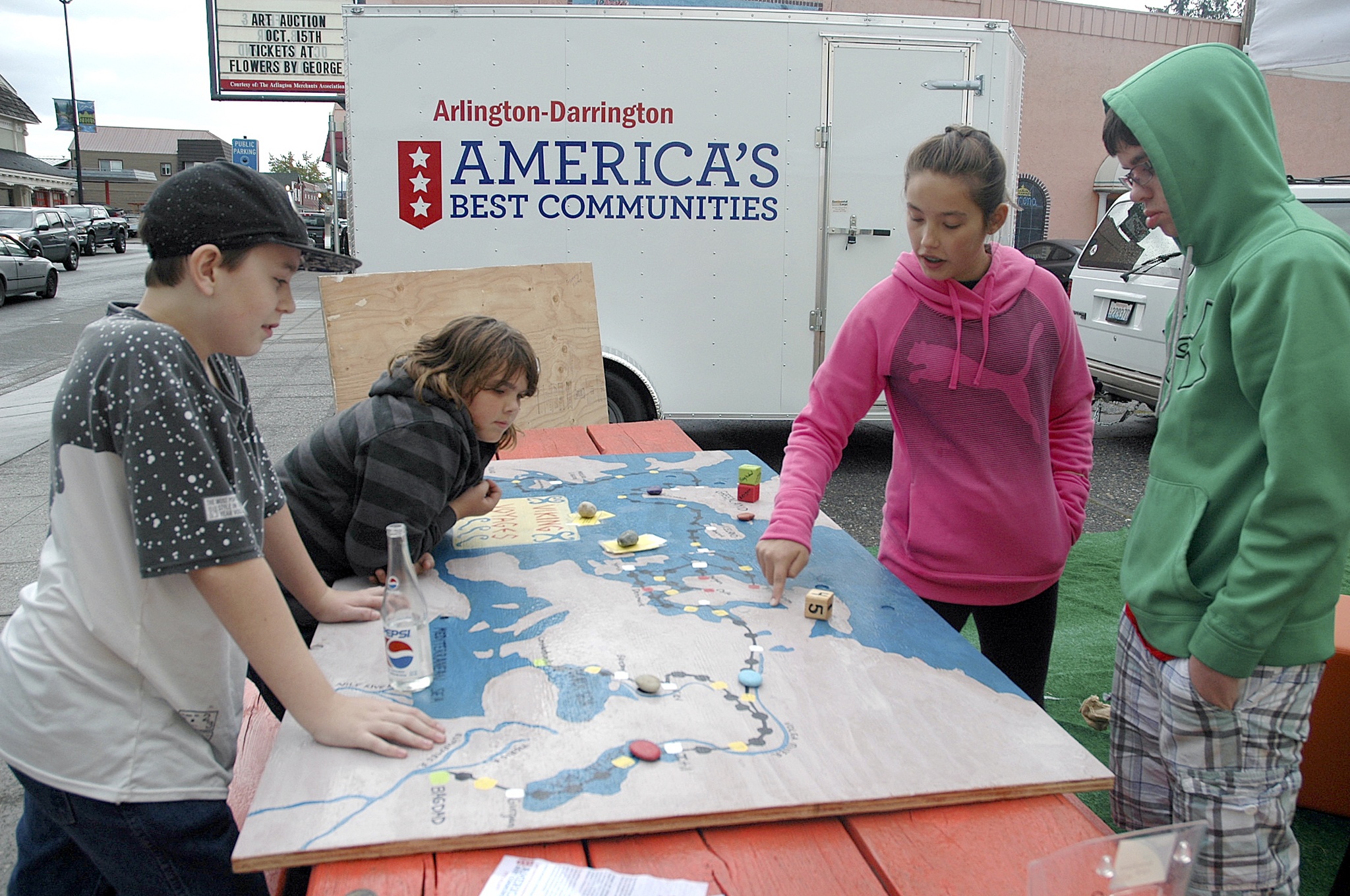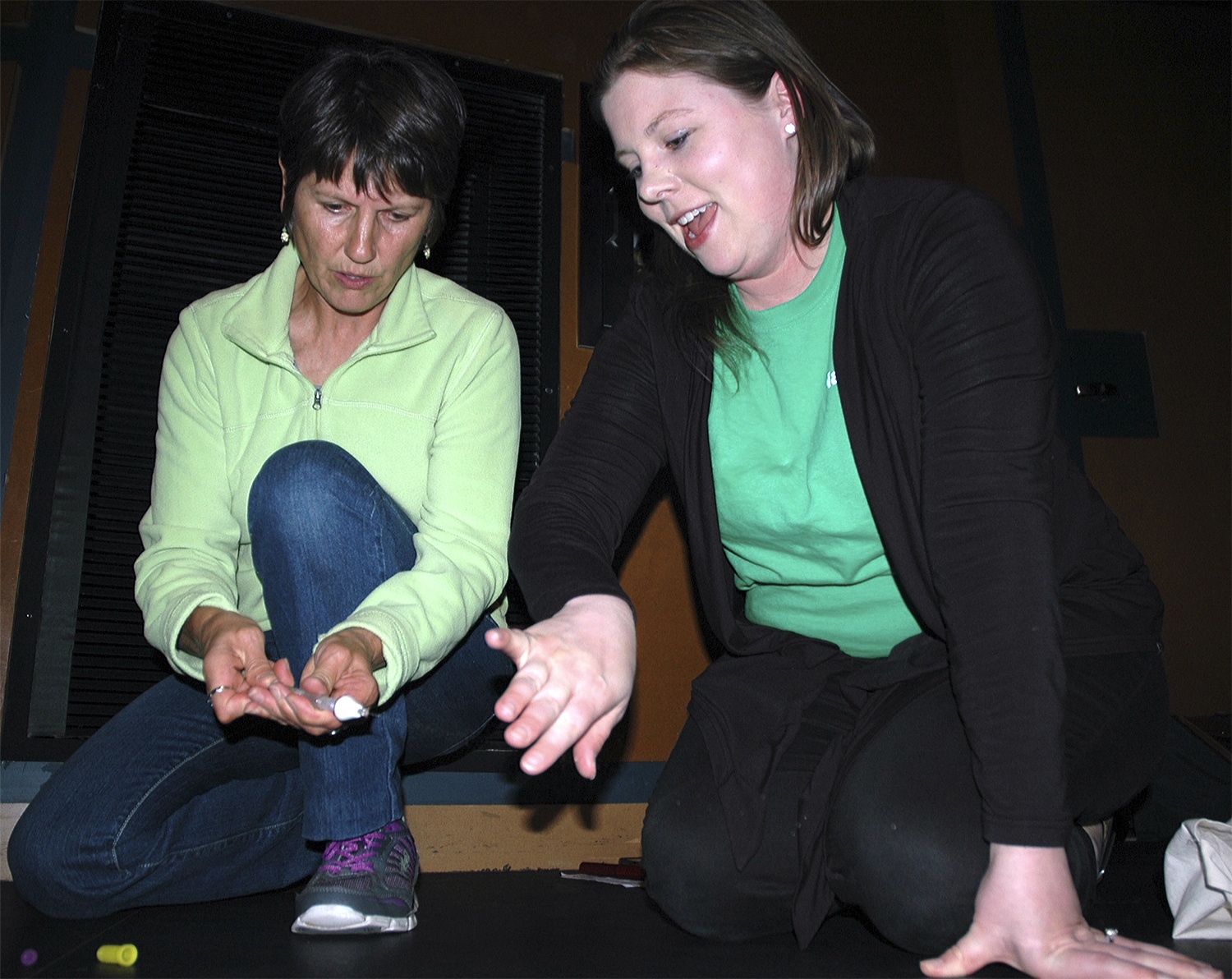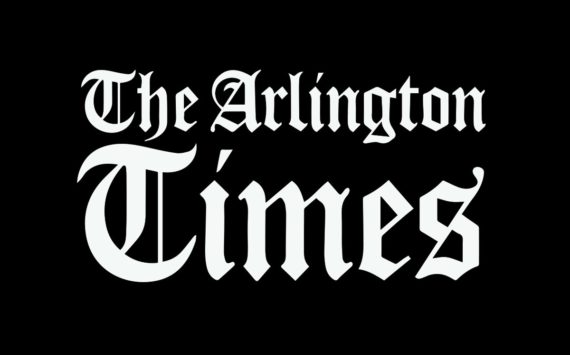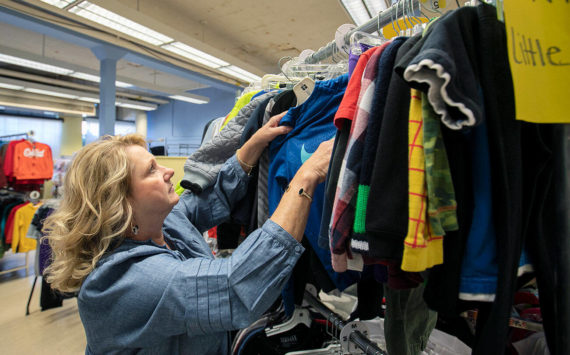ARLINGTON — The Arlington City Council looks likely to relax its standards on marijuana producers and processors in February.
During the council’s Jan. 25 workshop, Chris Young, community and economic development director for the city, explained that certain restrictions had already expired.
“When the state originally legalized the sale of recreational marijuana, Arlington didn’t contest it, but there was such a large pool of applicants initially that we were worried about the impact on our industrial economy,” said Young, who pointed out that Arlington and Marysville’s joint goal of a Manufacturing Industrial Center in the area is based on employers bringing in a certain ratio of workers per square feet of workspace.
In July of 2014, Arlington limited the number of marijuana producers and processors allowed within city limits to 14, and limited their canopies to 10,000 square feet, or 15,000 square feet for combined producer/processors, while city staff conducted studies to determine what sort of economic and environmental impacts such facilities might have.
On Dec. 31, 2015, the cap on the number of producers and processors sunsetted, so the city’s marijuana laws already need to be revised.
“What we’re additionally recommending is that we remove the city’s restrictions on canopy size,” said Young, who noted that this would allow producers and processors to expand their canopies to as many as 30,000 square feet, which is what state laws allow. “What we found was that there were no negative impacts, and hardly any odors, so we might as well let state law regulate it.”
Although Arlington’s number of allowed marijuana retailers has doubled, from one to two, thanks to the state merging medical and recreational retailers, Young clarified that the city has never regulated retailers.
“We did have a setback for growers whose location abutted residential areas, but again, there were no real odor problems or significant complaints,” Young said. “So when the state reduced its buffers for everything but playgrounds and schools, we saw no reason to maintain the setbacks.”
Young elaborated that the merger of medical and recreational retailers led to the state to realize that the 1,000-foot buffer it maintained for playgrounds and schools was less practical for areas such as transit centers and recreational facilities, whose buffers are now allowed to be as few as 100 feet.
The council will vote on the proposed amendments to its marijuana laws on Monday, Feb. 1, at 7 p.m.
